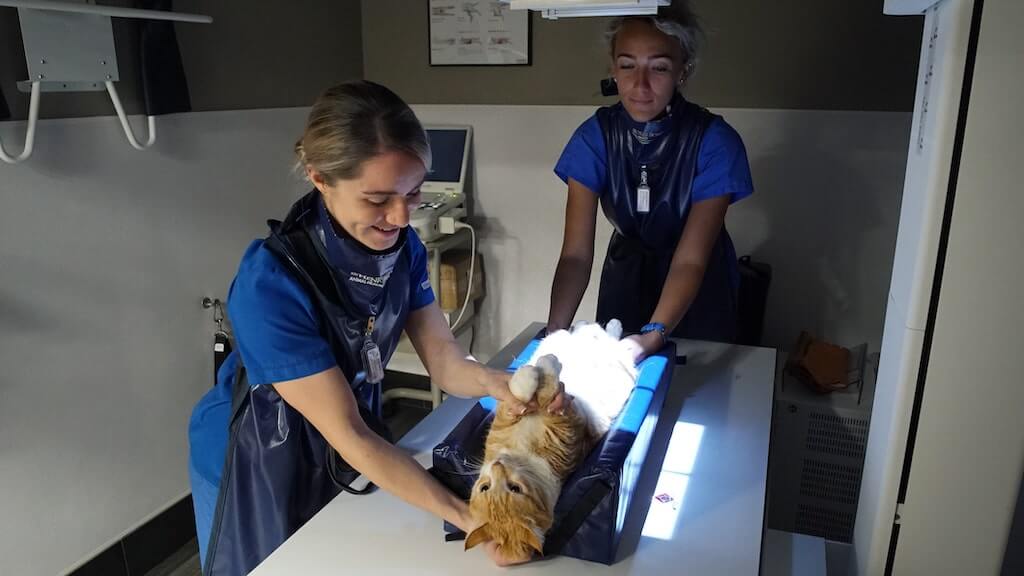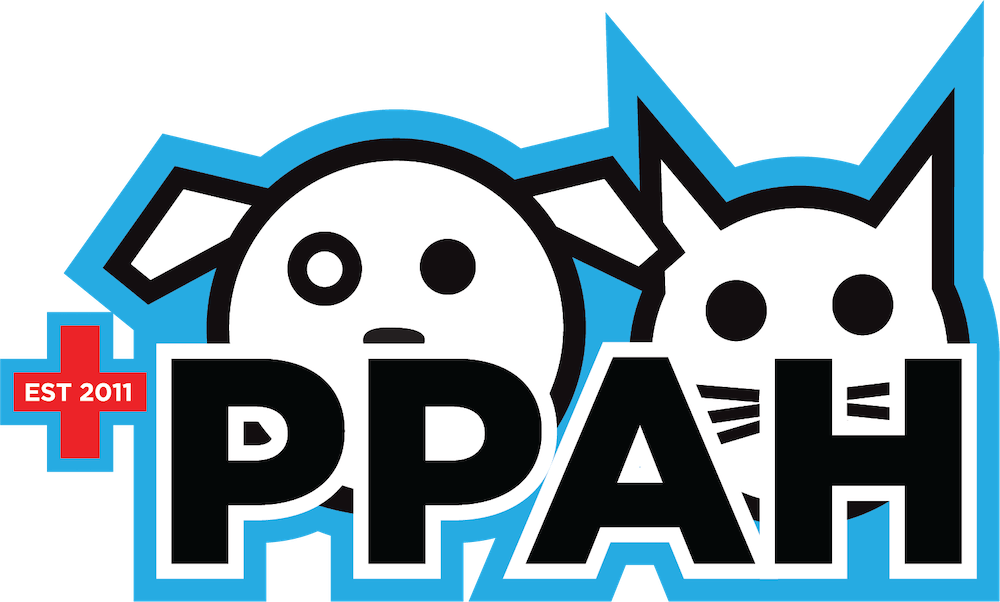Advanced Veterinary Diagnostics With Digital X-ray and Ultrasound Technology

One of our goals at Pleasant Plains Animal Hospital is to offer state-of-the-art veterinary medicine and diagnostic testing. Digital X-ray and ultrasound technologies are valuable diagnostic tools that provide us with a non-invasive method of obtaining high quality images of the inner workings of your companion animal’s bodily systems.
Digital X-rays
Digital X-rays can be used to evaluate almost any organ in the body, including the heart, lungs, and abdominal organs. They can also be used to assess the condition of the bones. Various health conditions, such as masses, tumors, potential obstructions, arthritis, pet pregnancies, and more, can be detected with enhanced reliability and precision.
Advantages of Digital X-rays:?
- Faster and more convenient than the traditional X-ray film method
- Sharper images result in more accurate diagnosis
- Real-time image viewing cuts down on retakes
- Less radiation exposure to your pet
- Images can be archived, copied, or transferred electronically
Digital Dental X-rays
Dental radiographs can help your veterinarian evaluate the health of tooth roots and identify a variety of problems that are not visible just by looking at your pet’s teeth, including:
- Tumors involving the bones of the jaw
- Tooth impactions (teeth that are wedged in or can’t erupt normally)
- Tooth fractures
- Tooth root abscesses
- Retained teeth (teeth that failed to erupt at the proper time)
- Feline resorptive lesions (painful erosion’s on the tooth surface)
Because sedation is required for obtaining dental X-rays, your veterinarian may recommend blood work and other preanesthetic testing before taking dental radiographs of your pet. Sedation is needed so that your pet can be properly positioned for the radiographs to be taken. During the dental radiography procedure, your pet will be monitored closely to ensure a safe recovery from sedation.
Benefits and Risks of Dental Radiography
Dental radiography has many benefits and very minimal risks. It is very safe, completely painless, and noninvasive. It is available in many veterinary practices and generally takes only a few minutes.
The risks associated with dental radiography are minimal. Because the level of radiation exposure needed to perform radiography is very low, even pregnant females and very young pets can undergo radiography. In the vast majority of cases, the benefits of performing dental radiography far outweigh any possible risks. Dental radiography is a valuable tool for your veterinarian because it can provide important information about the health of your pet’s teeth and gums.
Ultrasound
Ultrasound technology uses sound waves to produce real-time imaging of your pet’s internal organs, including the heart, liver, spleen, gallbladder, GI tract, bladder, and kidneys. It is also useful for assessing and monitoring pregnancy and fetal health in breeding animals and helps in diagnosing some forms of cancer.
The real-time capability of ultrasound technology can be especially useful when detecting heart problems because it allows our veterinarian a non-surgical method of evaluating the heart as it beats. This can help to detect abnormalities in the motion of heart valves, blood flow through the heart, and contractions of the heart muscle. It can also be used to assess the heart for defects.
